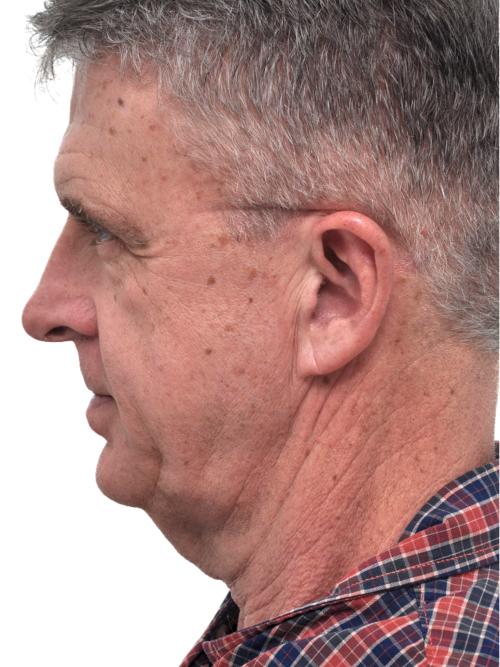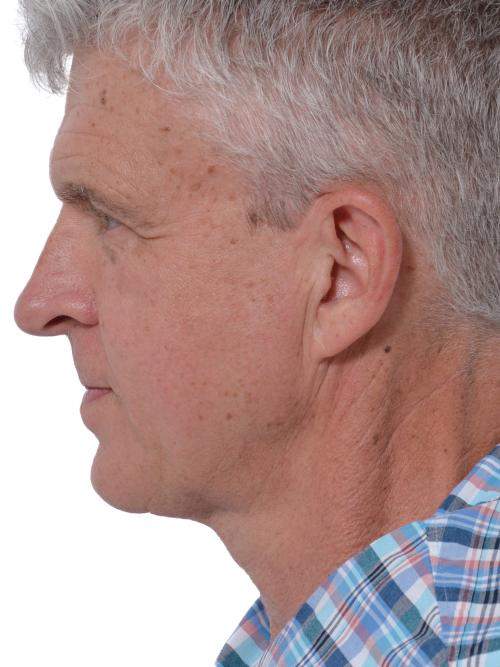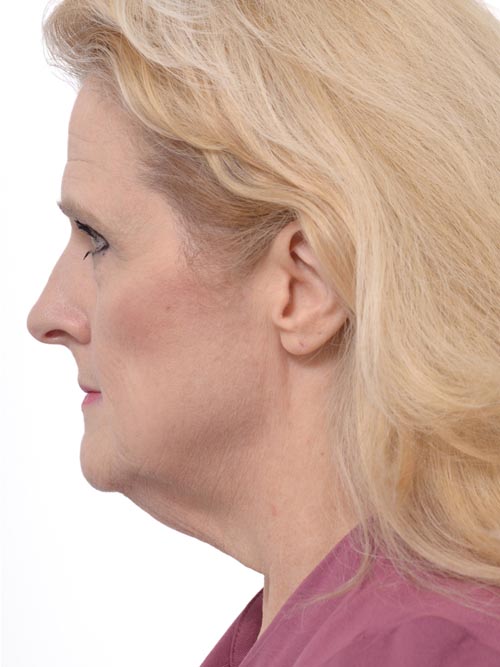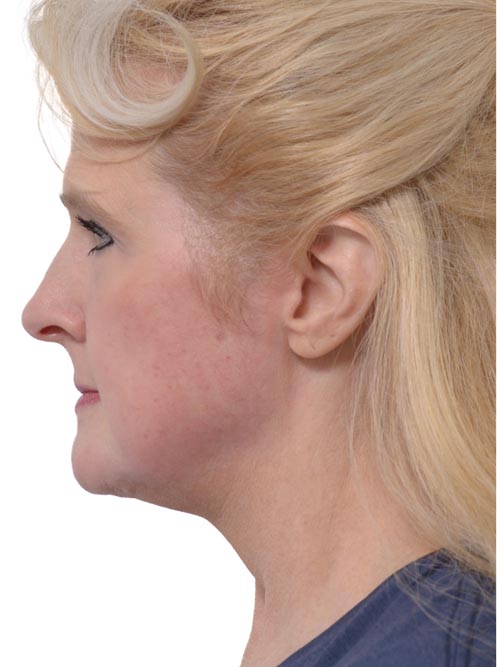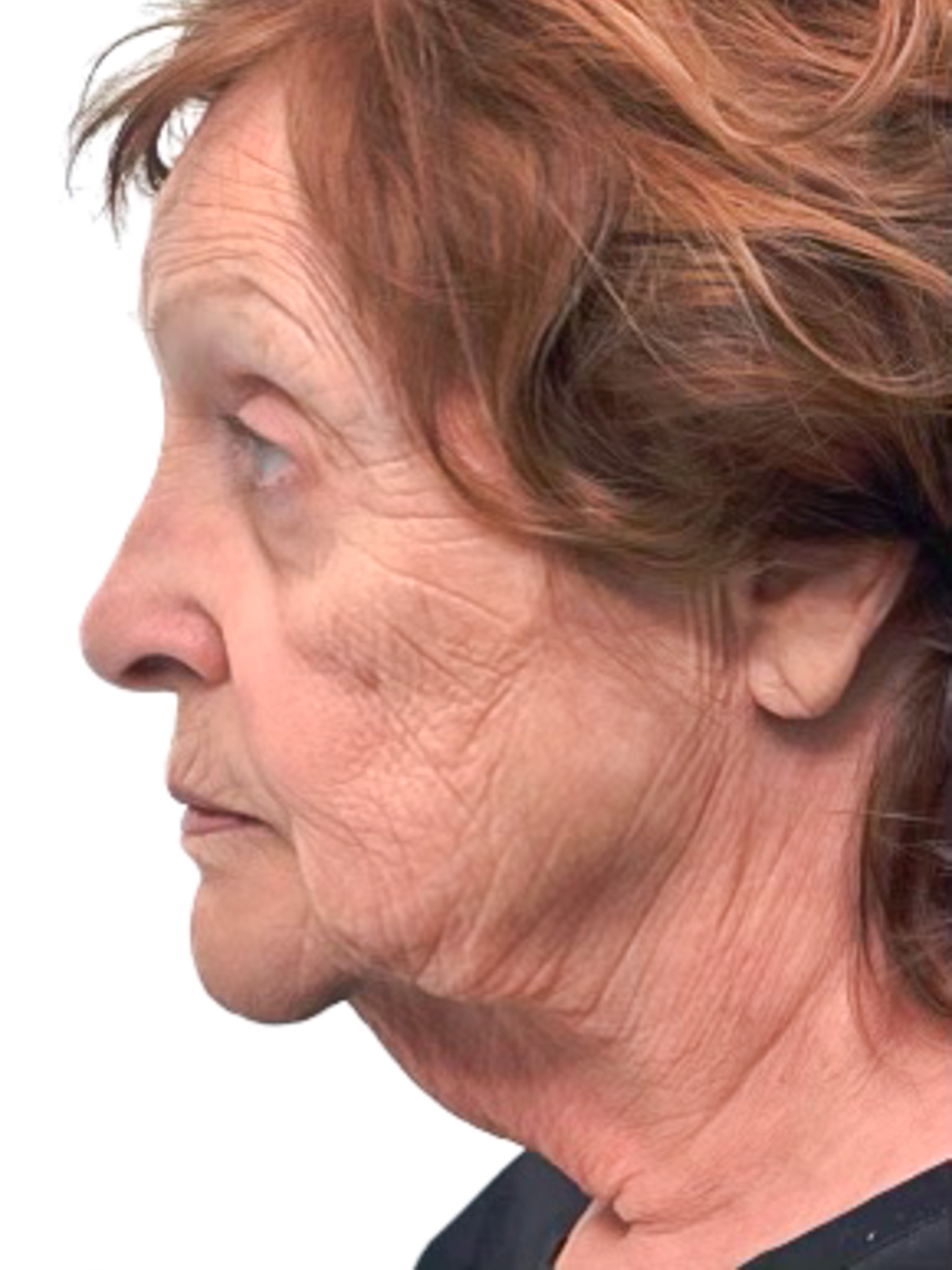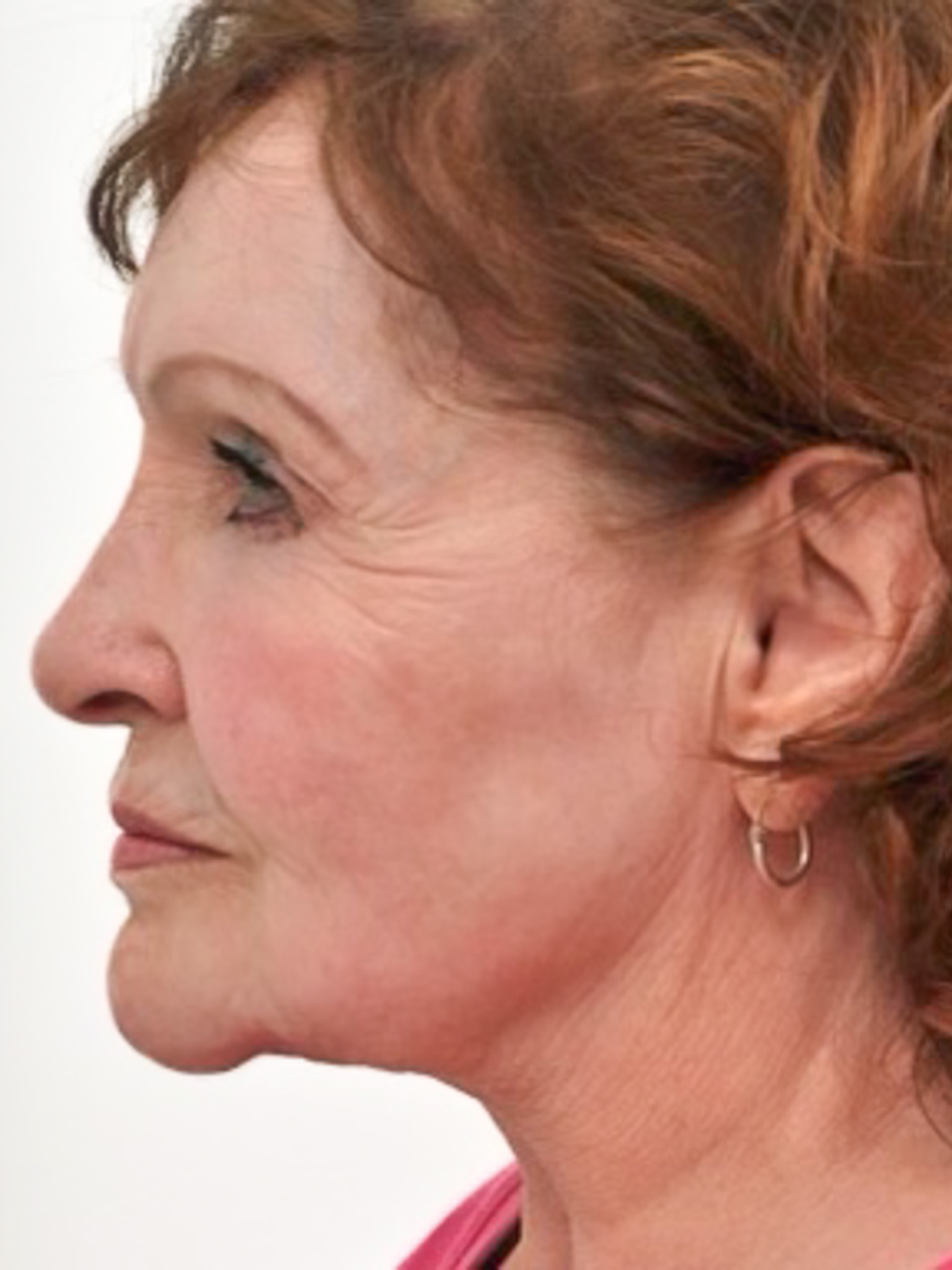Direct Neck Lift
Dr. Yellin is widely recognized for his expertise in aesthetic neck rejuvenation. One of the procedures he is well known for is a direct neck lift, also know as the grecian urn cervicoplasty, which involves removing excess skin and fat from the central neck and tightening the underlying platysma muscles. Because this procedure results in a visible midline neck scar, the patient must be accepting of this. With the passage of time and proper healing, the appearance of the scar is minimized. This procedure is best suited for individuals who are focused on improving their neck contour but are not concerned about their face per se. This procedure is routinely performed in the office using local anesthesia and oral Xanax, is minimally invasive, expeditious and safe. Post-operatively, there is normally minimum discomfort and easily performed wound care. No bandage or surgical drains are required. It is ideal for older individuals with severe skin laxity who want significant aesthetic neck contour improvement with minimum healing and down-time. Because the most inelastic central neck skin is removed, aesthetic neck improvement may last for decades.
All photographs and other material presented on this website are the property of Dr. Yellin. Please do not download or reproduce the images without the express written consent of Dr. Yellin.
Disclaimer: Individual results may vary. No guarantee of results, stated or implied by any photo or statement on this website can be made. Please see full disclaimer.
Before & After Photos
*All photos shown are patients of Dr. Yellin and are the property of Marietta Facial Plastic Surgery, Laser & Aesthetics Center. Individual results may vary. Please see full disclaimer.
